As commerce managers and sales professionals, we’re sure you can relate to the challenges of finding valuable advice online. With so much hubbub all around, you might find it hard to select the wheat from the chaff – worthwhile pointers backed by the stacked evidence from repetitive and generic advice.
We’ll try and change that.
With a handful of tips, our mission is to share fresh and some time-tested tools big players are leveraging to score wins. More so than that, we want you to walk away with the information you’ll actually want to share with your decision-makers and get a serious nod. To help you in a quest, you’ll be served relevant data to back up your story.
We bring you 4 sure wins that can push your hybrid commerce well ahead of the curve.
Key Takeaways
– Growth and conversion experts can acquire quick wins for companies
– BOPIS positively affects profits across multiple channels simultaneously
– Seeking partnerships might ensure success in the long run
– Businesses should consolidate their pricing strategy in regards to consumers’ reaction to historic prices
#1 Involve Growth Experts
An antidote to generic advice is taking a look at your own data. The data you’re already paying for to have in place but probably aren’t utilizing well enough. It includes web analytics, retail analytics, survey data, customer feedback, etc. Here’s the common scenario prevalent in most of our client’s businesses.
- the data is there but inaccurate to a percentage
- the team analyzing the data is not growth-oriented
- the decisions drawn from the data don’t lead to tangible wins
- the data is not tied to the company’s key objectives
Regardless of your meritorious efforts to innovate, acquiring a team of experts solely focused on optimizing channels for profit has proven worthy time and again. It’s as close as businesses can get to quick wins.
These teams first establish a solid conversion research process – the one that unwinds actual problems and pinpoints potential leaks in conversions. They further devote resources needed to fix conversion essentials. Ultimately, by building hypotheses and propagating tests, they hand out the most optimal ways to spike revenue. And how do they fix these broken functionalities, you may wonder? Well, let’s take a look at one such example:
Taloon – a Finnish-based hardware commerce – was riveted on boosting sales through existing product pages. After an unsuspecting exclusion of social share buttons – generally believed to be well-placed on product pages – they witnessed an 11.9% increase in sales. A small change meant reclaiming six figures for a lengthy stretch.
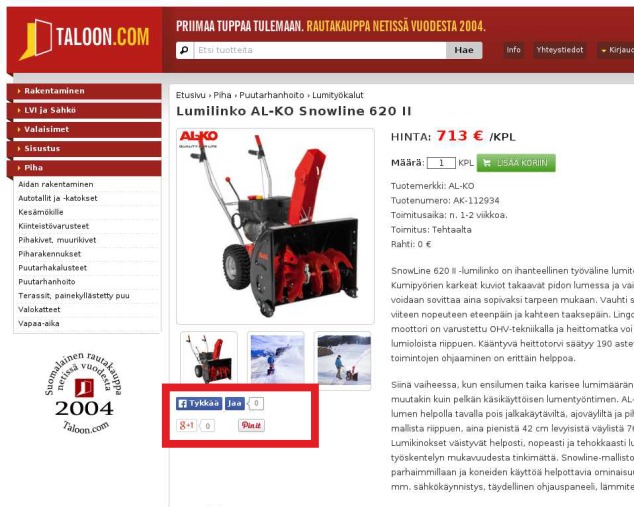
#2 Try out BOPIS Omnichannel Strategy
If you’re still mulling over business lessons learned post-pandemic, here’s the whole shebang in a nutshell:
Turns out circumstances and customer behaviors can change in an instant. The sky-high increase in online shopping was a blip, not a permanent change. Contrary to what many believed to be true, e-commerce can’t substitute a steadfast omnichannel strategy. Big news – users still love retail! Same-day delivery turned out too costly for most businesses. Finally, online customers abandon carts and exhibit lower brand loyalty compared to their omnichannel peers.
If you managed to make sense of all this, the question arises:
“What can hybrid commerces do post-pandemic to meet customer demands while maintaining the profit margin?”
Well, a lot of evidence points to – alongside a solid omnichannel strategy – BOPIS. Abbreviated for Buy Online, Pick Up In-Store.
In their soon-to-be-published research, Dr. Michael Ketzenberg and Dr. M. Serkan Akturk, report to have tested 49 million online and storefront transactions from a US retail venture. The tests were run to determine how the chain’s sales numbers were affected by their close competitor adopting a BOPIS service. Astonishingly, the chain’s sales (the one that hasn’t adopted BOPIS) dropped by 4.7% online and 1.8% in-store. What’s more, they found out that BOPIS implementation has led to increased sales of high-priced items – those that customers feel reluctant to buy online. It’s safe to assume – considering all that’s said – an action has notably affected both commerces’ profit margins significantly.
Need more? Well, we’re really just scratching the surface… For one, with BOPIS customers are free to buy the product at their own convenience. This means, there’s an absence of delivery fees and less pickup hassle. Second, 85% of customers claim they picked up another item or two once they arrived at a location (increased cross-sales). Higher profits also open up space for more discounts and incentives to further drive customers to spend more. Lastly and most importantly, BOPIS helps omnichannel blend the best of both worlds – the convenience of online shopping, and profitability of retail shopping.
#3 Seek Partnerships
“If you want to go fast, go alone. If you want to go far, go together”
African Proverb
Although you heard the saying probably a billion times, we couldn’t resist sharing it. It holds water on multiple levels in the eCommerce landscape.
In fact, collaboration is a source reason why big commerce brands found success on a worldwide stage. Think Amazon, Alibaba, Zalando, and Bol – all of these brands thrive thanks to their affiliate, distributional, and commercial partnerships. Reach beyond eCommerce even – Microsoft alone is estimated to add over 7000 new partners each month. Spoonful, right? Just joining one of these big names – which is an option – could reveal as economical and gainful.
To incorporate strategic thinking into their partnerships, companies should start by asking the right questions.
- Is this partnership helping us run the operations at lower costs
- How is the partnership helping us access new markets and customers
- Does having this partner onboard boost or hurt credibility
- If sales are in question, is it a sell-through or sell with a relationship
- If sell-through, is this channel helping the company fill the customer gap
- If sell-with, are the roles of co-selling clearly defined inside a contract
Keep in mind, your potential customers shop across the different channel. Indeed the more you spread, the more complex it gets. However – with the right strategy and use of right BI tools – the more complex doesn’t necessarily have to feel burdensome.
#4 Display Historic Prices on eCommerce Platform

More on the topic of trendy… a solid amount of online shopping platforms are now introducing a new feature – historical prices. What first started as a third-party extension that helped users spy on past prices is becoming the way eCommerce brands are favoring emerging user experience needs.
Speaking of needs, a solid portion of online consumers – especially those who shop often – do in fact consolidate past and competitor’s price trends when shopping. As much as 63% of consumers quickly sift through Google to land on the best prices. In a modern user-centric environment, it’s well-advised that those consumers’ preferences are embodied in features – and historical prices are one such example.
Thanks to historic reports, a share of traffic that would otherwise leave the website is now staying – and buying with the help of this data. This is desirable, right? Instead of having them use extensions and go elsewhere to do the research, the gap between the first visit and buying is probably reduced notably.
For any businesses considering taking this route, there is a recent research that investigates how users react to visible price swings. To explore the question at hand – how prices are best displayed – researchers Manissa Gunadi and Ioannis Evangelidis conducted series of experiments. They wanted to see how 5,000 business students and working adults react to price shifts. In other words – whether it made them buy immediately or postpone purchase. What they found was both interesting and confirmative of our psychological biases.
Results of the research
If consumers saw one price dip in the product – say from 150€ to 100€ – they were more likely to buy instantly. On the contrary, if they saw a single spike in price – from 100€ to 150€ – expectedly, they sustained from buying. However, things turned out a bit more complicated once researchers introduced a series of price shifts – in other words, price trends.
If product prices showed a sequence of price drops – say 200€→150€→100€ – customers were more likely to hold off on buying. The simple reason was that they expected the price to head down even further. If they saw the product price was 350€ two weeks ago, 150€ the week after, and 350€ again at present, they expected the price to keep going up. This in turn made them buy immediately regardless of the fact that the price was 200€ lower a week before.
Aforeshared research could help ecommerce companies consolidate their pricing strategies. It might mean that simply discounting the prices in succession won’t prompt users to buy more. It might also mean that companies could set proper supply and demand reaction once they know how price shifts are ought to affect buying decisions in near future. Lastly – and in conduct with business ethics – businesses can modify how they display prices in case of various big events – country-wide crisis, black fridays, inflation. In other words, showing just one dip in price during Black Friday might be the best thing to do both for customers and company’s profits.
Similar insights
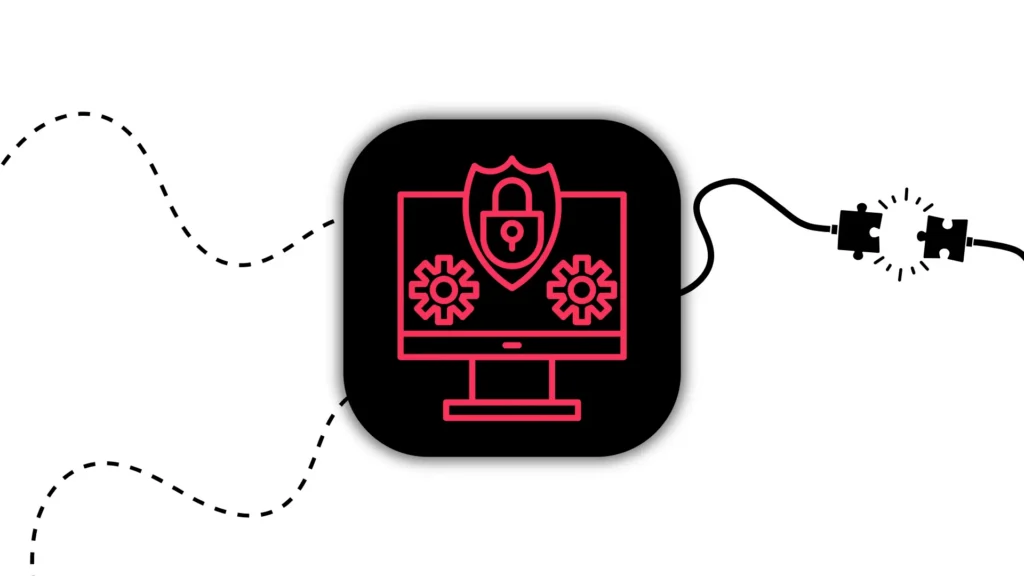
12 AI Cyberattacks That Made CEOs Very Cautious
21/10/2025
14 Books Smart Tech Leaders Are Reading This Fall
07/10/2025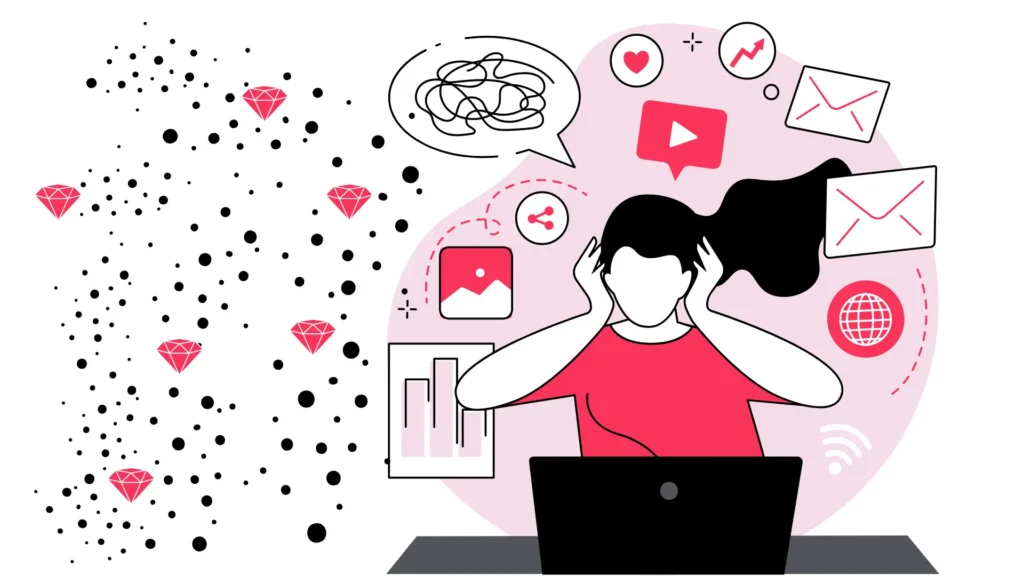
Protect Your Crown Jewels: The Heart of Your Cybersecurity
15/09/2025
How Renown Business Executives are Using AI?
12/08/2025
Think You’re Secure? PEN Testing Will Tell You
15/05/2025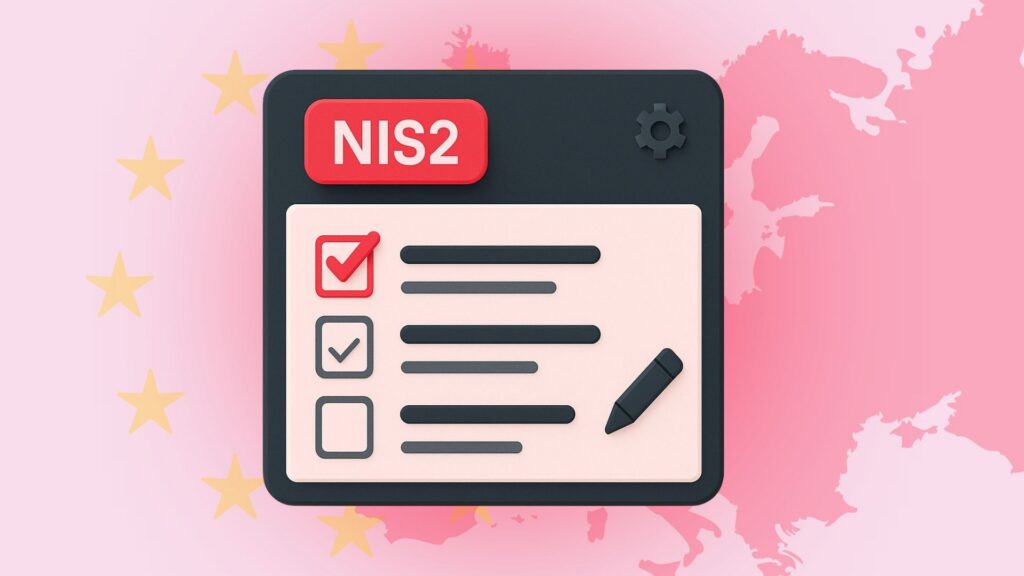
NIS2 Compliance: A Simple Guide to Get It Done Right
15/05/2025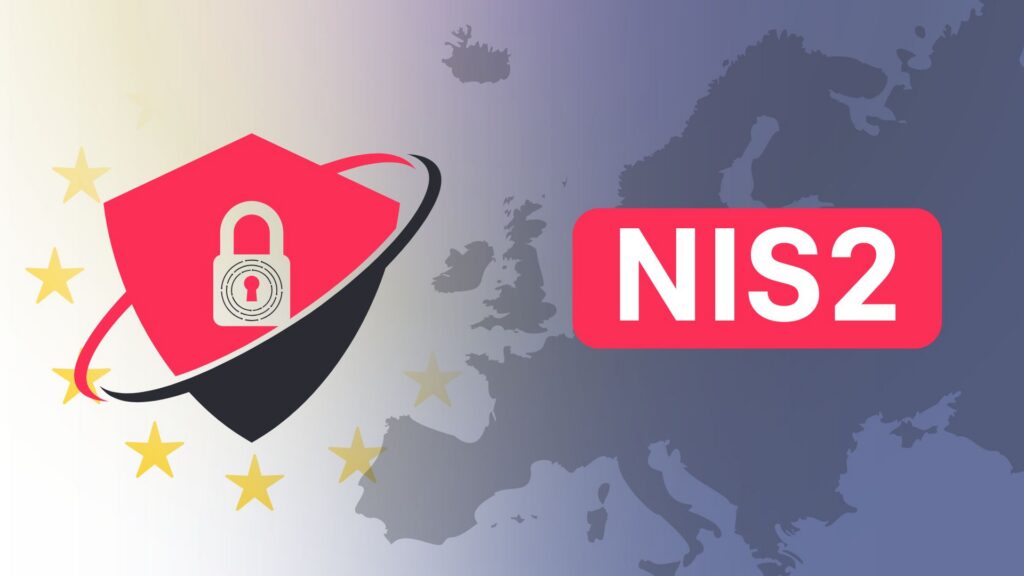
NIS2 Directive Explained: What Your Business Needs to Do Now
29/04/2025
Net Group Expands into Germany and Acquires Cybersecurity Company
04/04/2025
AI in Supply Chains: Precision, Profit, and Practicality (Today)
01/04/2025
Let the success
journey begin
Our goal is to help take your organization to new heights of success through innovative digital solutions. Let us work together to turn your dreams into reality.